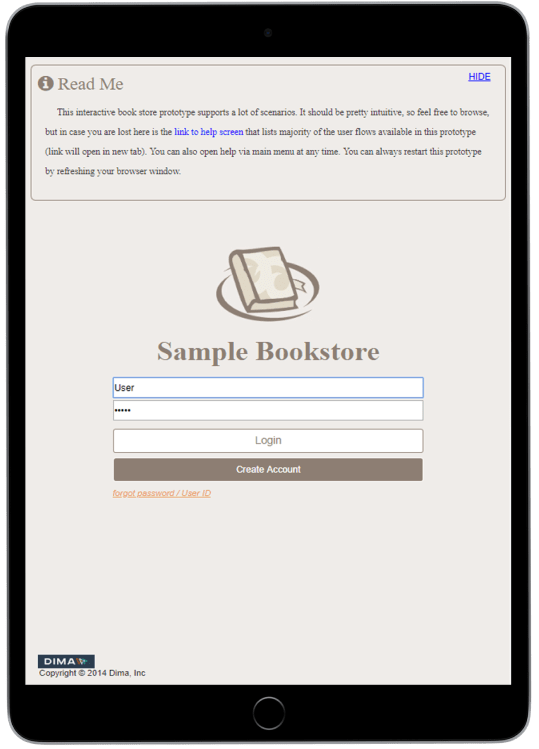Disruptive trends challenging the old paradigm
Let’s face it: no one wants their software development project to be over-budget or late.
However, a McKinsey-Oxford study on forecasting for IT projects found some pretty shocking results:
- 66% of software projects had cost overruns.
- 33% of software projects had schedule overruns.
What’s behind these major disappointments? The same McKinsey-Oxford study pinpointed four root causes:
- Lack of focus on objectives (13%).
- Bad execution with unrealistic schedules and reactive approach (11%).
- Content disagreements over technical complexity and shifting requirements (9%).
- Lack of skills and team alignment (6%).
The Founders of Lotatech see these findings as totally unacceptable and their root causes as totally avoidable. But talk is cheap. Actions speak louder than words. And that’s the reason why the Lotatech Budget Guarantee was created to govern how it builds its clients’ software and digital ecosystems.
Your Budget Will Not Increase
As a major differentiator, the Lotatech Budget Guarantee offers something that’s pretty much unheard of among companies that build software and digital ecosystems: a written guarantee that your budget will not increase. No fine print. No weasel clauses or disclaimers.
Your software investment, your digital ecosystem, will be delivered on budget and on-time. Period. How is this possible?
Your Prototype Eliminates Risk
Lotatech is able to eliminate risk because of its exceptional ability to:
- Write business requirements tight enough to remove the chance of surprises.
- Build fully-functional, detailed prototypes.
While some companies that build software still have this naive belief that wireframes are an effective planning tool, Lotatech would never bet the success of its client relationships or the future of its own business on such a flawed approach.
As Lotatech builds your prototype, all of your relevant stakeholders are involved in helping to shape the user experience and user logic.
Most companies, such as the ones analyzed in the McKinsey-Oxford study, jump into product development prematurely – which can be a huge mistake.
Lotatech’s prototyping process is what drives its ability to offer the Lotatech Budget Guarantee.
By investing in creating the solution before developing and implementing the code and user experience, Lotatech clients can be confident that their digital ecosystem will be delivered on budget and on-time.
Managing Expectations and Client Responsibilities
Lotatech offers a budget guarantee
Lotatech offers two unique advantages. First, we use a combination of Agile and Waterfall methods. We create requirements up front and demonstrate tangible results to clients at the end of every sprint. The goal is that clients feel comfortable and are always kept up-to-date. Second, we prototype an actual end product before implementation and accompany it with a meticulous business requirements document (BRD). And we do it fast. This unique technique to create requirements is based on over 10 years of experience in working with a variety of clients.
Managing client expectations and stakeholder involvement
The ideal project includes a 1-hour exploratory meeting by phone, a 3-hour in-person discovery meeting, client subject matter expert meetings for information gathering, creating the prototype and the business requirements document (BRD), client stakeholder review of the prototype and BRD, scope breakdown, detailed timeline, and contract. Read here for more details.
Main point of contact and backup contact
For small projects, the client should appoint one person who will be responsible for delivery and feedback. For larger, more complex projects, the main point of contact would depend on who’s involved with that particular step of the project. The RACI chart will help to organize this.
Responsiveness and turnaround time
Turnaround time will vary based on where we are with the project. Subject matter experts should expect to spend 4 to 5 hours per week to review the prototype, the BRD, and provide feedback. We try to keep communication simple by setting up a communication hub or project management software, like Trello, where we keep everything organized and stakeholders can submit feedback and ask questions. Both parties should agree to acknowledge requests for feedback or questions within one business day.
Client reviews and sign-offs
The BRD and prototype will be made available through a link. Communication will happen through demos and conference calls. Feedback is exchanged through the communication hub or project management software.
